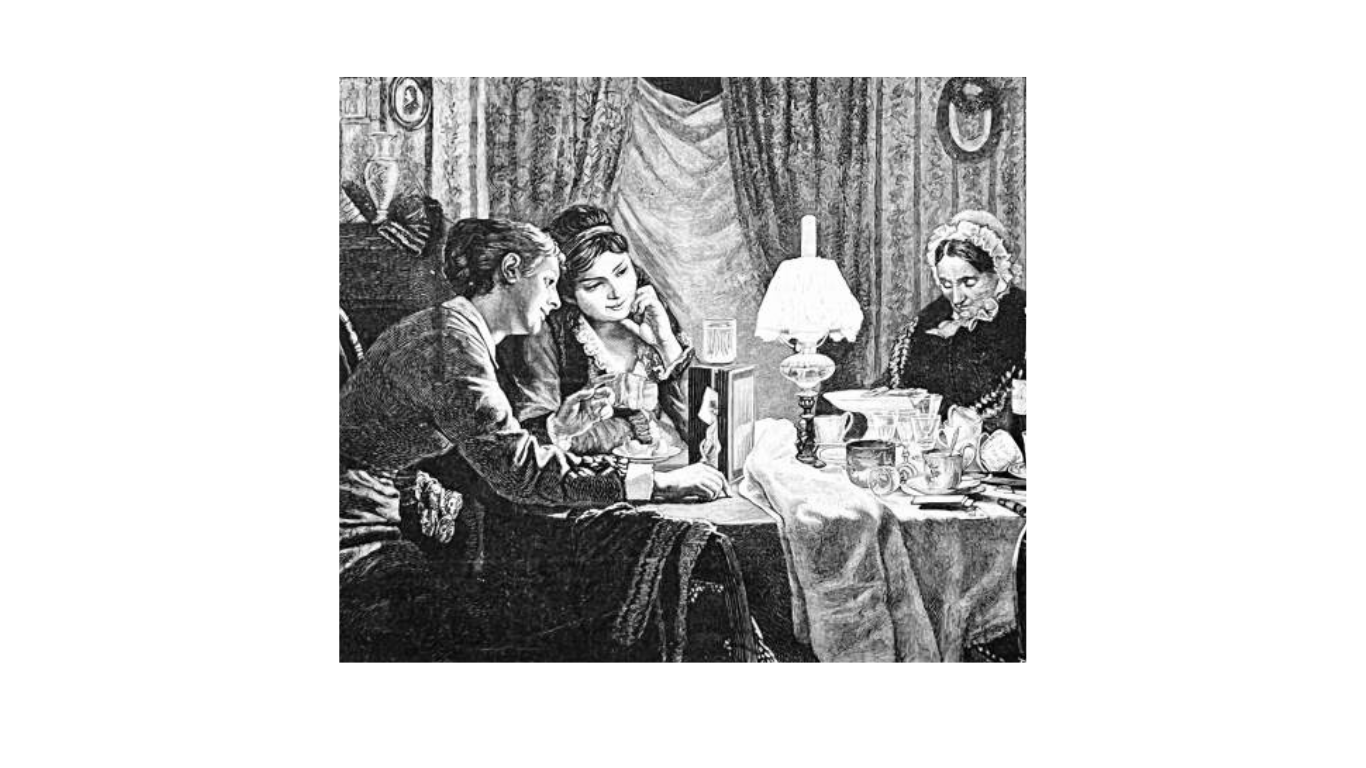As we bid farewell to one year and welcome another, it’s fascinating to look back at how our ancestors marked this transition. The Victorians, in particular, had some intriguing New Year customs that blended superstition, social gatherings, and symbolic rituals. Let’s explore these traditions and see how we can infuse them with a contemporary witchy flair.
Victorian New Year Traditions

Hearth Cleaning
On New Year’s Eve, Victorians would clean out their hearths, sweeping away the old year’s ashes. This act symbolised clearing away past troubles and welcoming the new year with a clean slate.
Midnight Rituals
When the clock struck twelve, several customs were observed:
- Ringing bells to symbolise good triumphing over evil
- Opening the front door and shouting “Welcome!” to greet the new year
- The head of the household throws a cake against the door to ensure a year without hunger.
First footing
This Scottish tradition was widely adopted in Victorian Britain. The first person to cross the threshold after midnight was thought to foretell the family’s fortune for the year. Ideally, this would be a dark-haired man bearing gifts such as coal, spices, sweets, and whisky!
Social Gatherings
New Year’s Day was marked by various social events:
- Wealthy Victorians held open houses for eligible bachelors to meet their unmarried daughters.
- The middle class attended “Phantom Balls” featuring ghostly costumes and games. I am not that social, but a phantom ball sounds great to me!
Gift-Giving and New Clothes: A Victorian New Year’s Tradition
Unlike today’s lavish Christmas presents, these tokens were often modest yet meaningful.People might exchange fruit baskets filled with exotic treats, small parcels of aromatic spices, heartfelt handwritten notes, or handcrafted trinkets and keepsakes.
Wearing fresh garments on the first day of the year was another cherished Victorian custom. This practice stemmed from the belief that new clothes could herald a clean slate and positive change.
Victorians from all walks of life strived to wear at least one new item, whether it was a smart waistcoat for gentlemen, a fashionable bonnet for ladies, or new shoes for children. While the wealthy might sport an entirely new ensemble, those of humbler means might add a small new accessory, wear a hand-me-down item for the first time, or make minor alterations to existing garments to give them a fresh appearance. Some employers and wealthy patrons even provided new clothing items to their servants or workers as New Year’s gifts, allowing those of limited means to join in the custom.
Interestingly, Queen Victoria herself participated in a charitable version of this tradition, gifting clothing to the ‘deserving poor’ of Windsor, Eton, and Clewer each New Year. This royal gesture highlights how deeply ingrained the custom was in Victorian society, spanning all social classes.
Divination: Victorian New Year’s Fortune-Telling

Victorians would playfully predict each other’s fortunes for the new year. Two popular methods of divination were tasseography (tea leaf reading) and bibliomancy.
Tasseography, or the art of reading tea leaves, was a beloved parlour game during Victorian times. After enjoying a cup of loose-leaf tea, participants would swirl the remaining leaves and turn the cup upside down on the saucer. The patterns formed by the leaves were then interpreted to glimpse into the future. Victorians believed that shapes near the rim of the cup indicated imminent events, while those closer to the bottom represented more distant occurrences.
Bibliomancy, another favoured divination practice, involved using books to foretell the future. On New Year’s Eve, it was customary for the head of the household to open a book at random and read a passage aloud. This excerpt was thought to predict the family’s fortunes for the coming year. Popular choices for bibliomancy included classic works of literature and, of course, the Bible.
Modern Witchy Adaptations

Now, let’s explore how we can incorporate these Victorian traditions into our modern witchy practices:
Magical Hearth/Altar Cleansing
Perform a cleansing ritual of your hearth and/or altar.
Instead of simply cleaning your hearth or fireplace, perform a ritual cleansing.
Use a broom to sweep away negative energy, visualising the old year’s troubles disappearing. Make sure all items are cleaned. You could also add items to signify the new year. Try burning cleansing herbs or incense such as sage or rosemary.
Midnight Spellwork
At the stroke of midnight:
- Ring a bell or strike a singing bowl to dispel negative energy. You could even do the house cleansing ritual. See here.
- Open your door and welcome in positive energies for the new year. I open the back door first (if you have one; a window will do if not) to let the old year out. Then open the front door to let the new year in.
- Instead of throwing a cake (eat it), throw salt or burn cleansing incense. Use a broom to symbolically sweep out any negativity from the house, then lay a broomstick across the threshold to seal out the negative energy.
Witchy Gatherings
Host a New Year’s Eve circle for your friends and family. Perform group divination, share intentions for the coming year, and raise energy together.
Divination Night
Dedicate New Year’s Eve to various forms of divination. Try scrying, tarot readings, or rune casting to gain insight into the coming year.



Tea Leaf Reading: A Divination Guide for the Bottom of Your Cup by Dennis Fairchild £5.99
